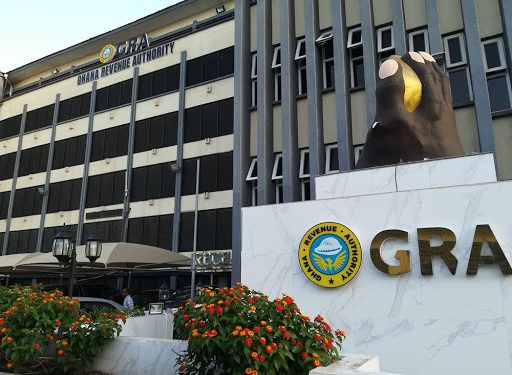Government’s revenue for the first nine months of 2025 reached 116.3 billion cedis ($7.9 billion), missing the projected target of 123 billion cedis by 5.5%, Finance Ministry data showed on Monday. The shortfall occurred despite stronger-than-expected economic expansion, highlighting persistent challenges in tax collection and fiscal management under President John Dramani Mahama’s administration.
The ministry attributed the gap primarily to shortfalls in domestic tax revenues, which accounted for 72% of total collections but fell 7.2% below projections due to subdued corporate tax inflows and delays in value-added tax (VAT) remittances. Non-tax revenues, including dividends from state-owned enterprises, exceeded targets by 12%, buoyed by higher gold exports and cedi appreciation. Customs duties and excise taxes met 98% of goals, supported by robust import activity.
Ghana’s economy grew 6.3% year-on-year in the second quarter of 2025, outpacing the 4.3% full-year forecast from the International Monetary Fund (IMF), driven by services (7.1%) and agriculture (5.8%). Ghana’s gross domestic product expanded 5.7% for 2024, reflecting stabilization efforts under a $3.2 billion IMF Extended Credit Facility approved in 2023. Inflation eased to 9.4% in September, within the central bank’s target band, while the cedi strengthened 43% against the dollar in the first half of the year, making it Africa’s top-performing currency.
Despite these positives, the revenue miss underscores structural hurdles in Ghana’s fiscal framework. Analysts point to high informality in the economy — where over 80% of employment is informal — and inefficiencies in revenue administration as key drags. The ministry noted that while oil revenues dropped 56% in the first half due to lower production, gold inflows surged 15% amid record global prices, partially offsetting the deficit.
The shortfall complicates Mahama’s “Reset Ghana” agenda, which prioritizes debt restructuring and infrastructure spending. Ghana completed a $13 billion Eurobond exchange in 2024 and secured a memorandum with official creditors covering $5.4 billion in bilateral debt. However, public debt remains at 85% of GDP, prompting fiscal restraint to achieve a 1.5% primary surplus target for 2025.
Finance Minister Dr. Cassiel Ato Forson, presenting the mid-year review, emphasized corrective measures including digitalization of tax systems and enhanced compliance audits. “Our growth trajectory is solid, but revenue mobilization must catch up to sustain inclusive development,” Forson said. The government projects full-year revenues of 185 billion cedis, with a 2% surplus, contingent on accelerated collections in the final quarter.
The IMF’s fifth review in October praised Ghana’s progress but urged faster reforms in state-owned enterprises to boost non-tax revenues. Opposition lawmakers from the New Patriotic Party criticized the miss as evidence of policy lapses, calling for parliamentary scrutiny of expenditure controls.
As Ghana eyes 4.8% growth in 2026, the revenue gap serves as a cautionary note. Economists warn that without broadening the tax base and curbing leakages, fiscal slippages could erode investor confidence and hinder debt sustainability.




